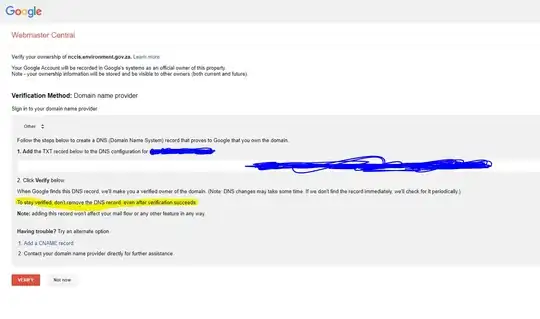When configuring a Google Site on a custom domain, the instructions provided by Google specify to create two records for the domain - a TXT and CNAME record. The TXT record contains a code that Google users to verify domain ownership before allowing users to register that domain as the site address.
Also, the instructions say to keep the TXT record for verification purposes.
From what I understand concurrent CNAME and TXT records for the same address isn't officially allowed, but testing this with Cloudflare I can see that it's possible to have concurrent TXT and CNAME records for the same domain. Presumably this is the same for other DNS management services since Google Sites is very popular and I imagine that Google Site CNAME entries are handled quite frequently across the world.
However I was recently working with a network support team to register a Google Site where the CNAME and TXT record were seemingly NOT allowed to co-exist. When both a CNAME and TXT record were present for the same domain, the software threw a configuration error (Name Server Daemon - or at least I think it was this software since the command was nsd).
Am I correct in my observation that the nsd software doesn't support the requirement of simultaneous TXT CNAME records for the same domain? And, if so, how do other DNS management services such as Cloudflare allow for this?
== Edit ==
As requested in the comments here is a screenshot of the Google Sites verification request
